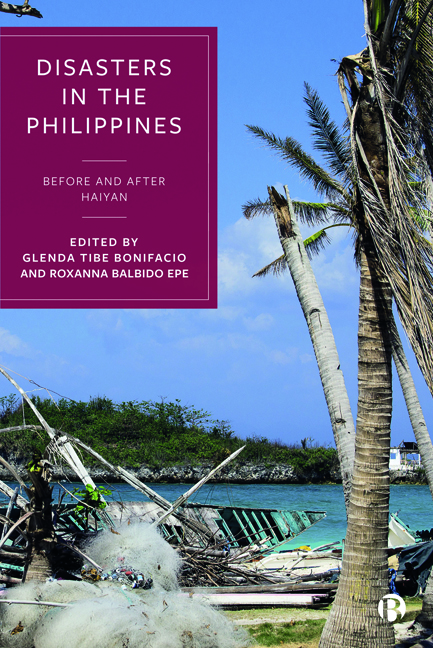3 - State of ICT-Use within the Local Climate E-Governance in Metro Manila, Philippines
Published online by Cambridge University Press: 18 January 2024
Summary
Introduction
Globally, the effects of climate change have increasingly affected various populations (Tollin et al 2017). These effects occur in various forms— from sea level rise, melting of ice sheets to increasing frequency and intensity of weather events such as rainfall, extreme heat waves, and droughts (European Commission, n.d.). Although there are no exceptions when it comes to the adverse impacts of climate change, the extent of risk among countries varies due to differences in their ‘vulnerability’ which, as defined by the Intergovernmental Panel on Climate Change (IPCC), is “the extent to which climate change may damage or harm a system… (it) depends not only on a system's sensitivity, but also on its ability to adapt to new climatic conditions” (Olmos 2001, 2). This indicates, as conceptualized by Ospina and Heeks (2010), that vulnerability has two facets— one that is outside of a system which is the source of shocks, and another that is inside the system which is the subject of the shocks and variations. This is crucial in coming up with adaptation measures as it shows that a country's vulnerability depends not only on its exposure to climate risks but also on its adaptive capacity or ability to address and manage risks. As such, developing countries are usually more vulnerable to climate risks because of constraints in their social, technological, and financial resources (United Nations 2007).
A tool that is now being used to enhance adaptive capacity for effective climate change adaptation and risk management are information and communication technologies (ICTs) or technologies with the capability to collect, store, edit, and transfer data and information in various forms (Kundishora 2010). The recent growth in the application of ICTs for development processes has resulted in the use of ICTs for climate change action (Karanasios 2011). The continued growth of ICT use for tackling climate change-relevant concerns is due to the capacity of ICTs to generate and disseminate information; to facilitate coordination of actors in and beyond government; to make public and private services more efficient (World Bank 2012). This is because ICTs enable the facilitation of a great deal of information which is necessary to effectively formulate and implement adaptation-related decisions (Dinshaw et al 2012).
- Type
- Chapter
- Information
- Disasters in the PhilippinesBefore and After Haiyan, pp. 47 - 65Publisher: Bristol University PressPrint publication year: 2023



